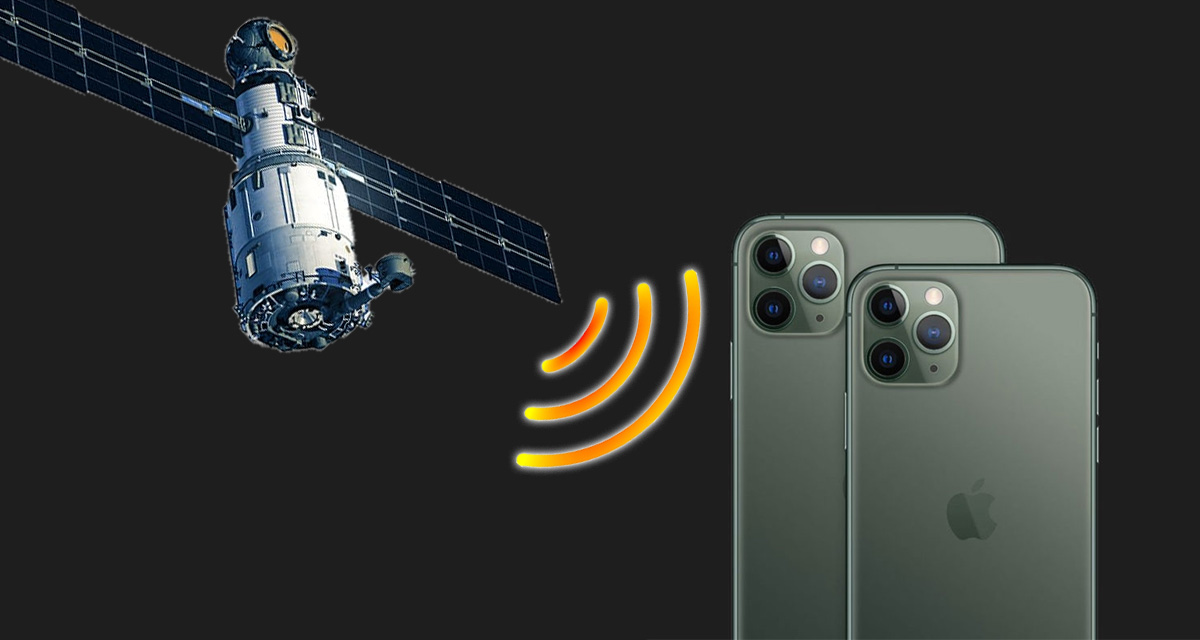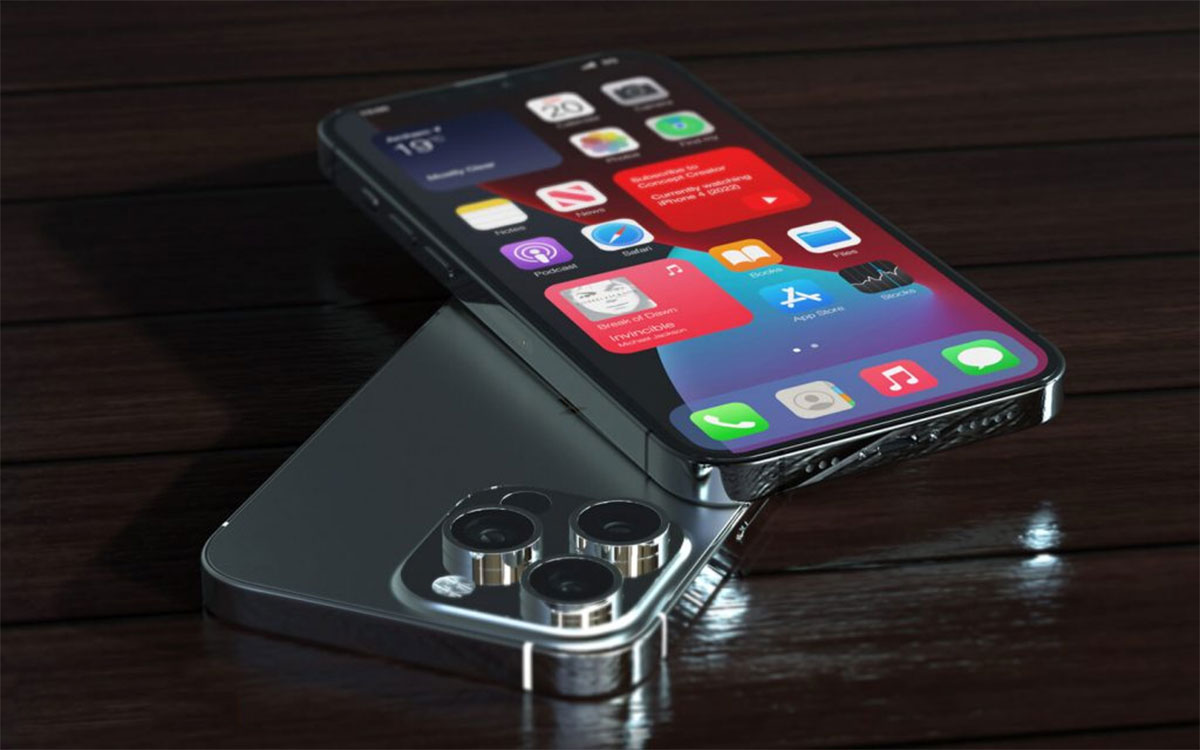Apple’s upcoming iPhone 13 release looks set to bring some form of satellite communications component for the first time, but a new report suggests that it might not be what it first seemed.
According to Mark Gurman’s latest Power On newsletter, the iPhone 13 won’t necessarily have satellite connectivity everywhere and is instead designed to be used in emergencies.

Gurman says that the new connection method is designed for disasters where normal cellular connectivity won’t be available. In fact, anywhere where cellular connectivity is functional, Gurman says the satellite component won’t.
After nearly five years exploring how it could work with satellites, Apple is gearing up for its first related launch: emergency features for the iPhone. Apple is working on at least two approaches: transmitting short emergency texts and sending SOS distress signals for crises, like plane crashes or sinking ships, in remote areas.
Gurman also drove home the point that this isn’t traditional satellite communications and that people won’t be able to make calls like they would on a satellite phone. What’s more, Gurman says that is unlikely to happen at all — most certainly not in the near future, likely due to the furor it would cause with Apple’s carrier partners.

Some have asked me if these new features mean that the iPhone can be used as a satellite phone and have the ability to make calls anywhere in the world without cellular coverage. The answer is a big no. That’s not happening now, next year, or anytime in the near future.
All being well it’s expected that Apple will announce the iPhone 13 at an event that will likely take place within the next couple of weeks. A smaller notch, new camera systems, and 120Hz display are the main reasons to get excited about this new update if the rumors are to be believed.
You may also like to check out:
- Download: Windows 11 Build 22000.132 ISO Beta Released With A New Snipping Tool And More
- How To Install Windows 11 On A Mac Using Boot Camp Today
- iOS 15 Beta Compatibility For iPhone, iPad, iPod touch Devices
- 150+ iOS 15 Hidden Features For iPhone And iPad [List]
- Download iOS 15 Beta 8 IPSW Links And Install On iPhone And iPad
- iOS 15 Beta 8 Profile File Download Without Developer Account, Here’s How
- How To Downgrade iOS 15 Beta To iOS 14.6 / 14.7 [Tutorial]
- How To Install macOS 12 Monterey Hackintosh On PC [Guide]
- Download: iOS 14.7.1 IPSW Links, OTA Profile File Along With iPadOS 14.7.1 Out Now
- Jailbreak iOS 14.7.1 Using Checkra1n, Here’s How-To [Guide]
- How To Downgrade iOS 14.7.1 And iPadOS 14.7.1 [Guide]
- Convert Factory Wired Apple CarPlay To Wireless Apple CarPlay In Your Car Easily, Here’s How
- Apple Watch ECG App Hack: Enable Outside US In Unsupported Country On Series 5 & 4 Without Jailbreak
You can follow us on Twitter, or Instagram, and even like our Facebook page to keep yourself updated on all the latest from Microsoft, Google, Apple, and the Web.

